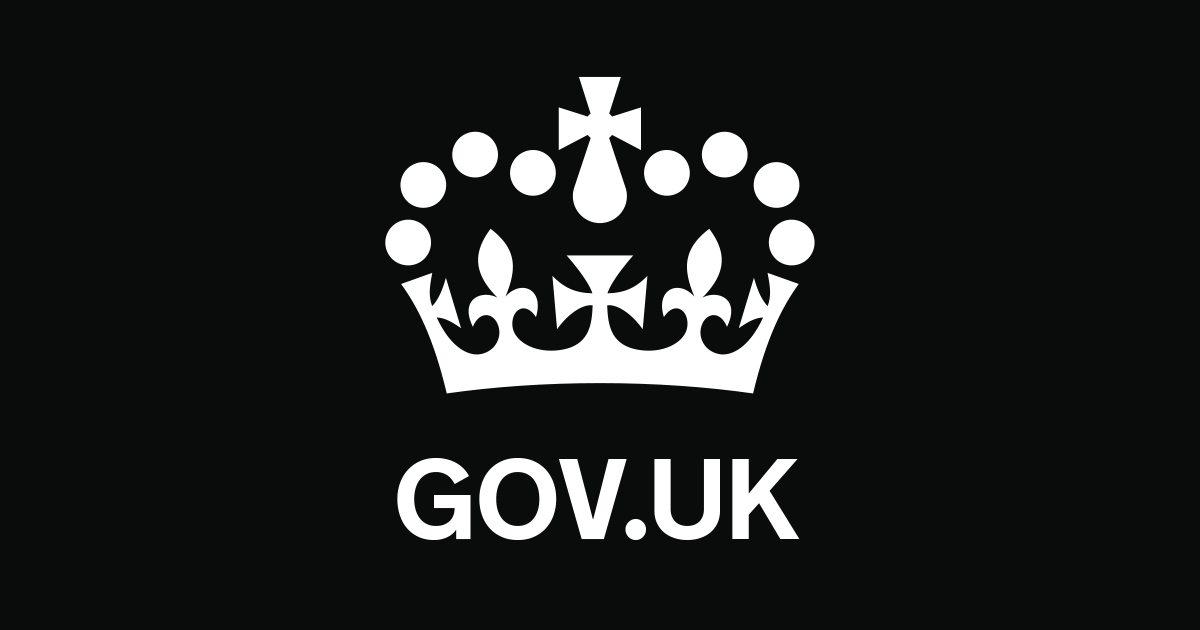Underlying issues in the energy and carbon systems are giving rise to a broadening competitive disadvantage for UK energy intensive industries (EIIs), the UK-based Energy Intensive Users’ Group (EIUG) said Jan. 7, calling for the UK government to use levers at its disposal to alleviate the pressure on industries including steel.
The government needs to help manage the impact of sustained high energy costs for EIIs, it said in a statement.
EIUG represents UK EIIs including manufacturers of steel, chemicals, fertilizers, paper, glass, cement, lime, ceramics and industrial gases.
“EIUG are calling on government to rethink their approach by taking action to bolster the currently limited EII support package,” the statement said. “Furthermore, the second triggering of the Cost Containment Mechanism must be used to correct carbon price escalation in the immature UK Emissions Trading System.”
A spokesperson for UK Steel, a producers’ group, said that its recent study “shows that we pay 61% and 51% more, respectively, for our electricity than our German and French counterparts [the UK’s two main competitors]. That gap cost the sector GBP 90 million last year.”
Liberty Steel Group said in recent weeks it is operating its UK electric arc furnace only at night due to electricity prices, while other UK steelmakers have been adding an energy surcharge to their product prices.
Carbon costs
The situation has become critical in the case of carbon costs in the UK, which are now considerably higher than carbon costs in the European Union, broadening the UK industry’s disadvantage, the EIUG said.
UK (carbon) Allowance (UKA) futures contracts for December 2022 delivery on the ICE Futures Europe exchange rose to an all-time high of GBP 80.97/mt at the close Dec. 16, compared with GBP 46.25/mt when the contract started trading on May 19, 2021. Converted to euros, this stood at Eur96.97/mt – more than 11% higher than the equivalent EU Allowance price of Eur85.71/mt the same day.
The UK Emissions Trading System is a much smaller market and trades in lower liquidity than its EU equivalent. However, its rules on regulatory intervention are more responsive to excessively high prices. The UK government announced Dec. 31 that UKA prices were high enough in October, November and December to trigger a meeting in January to consider market intervention.
That could include bringing forward auction supplies in a bid to cool the market. The government said it would make an announcement on possible carbon market intervention by Jan. 18 at the latest.
An informed source in the energy sector said he considered the worst may be yet to come in the UK energy sector, with some “big shocks ahead.”
— Diana Kinch, Frank Watson and Andreas Franke






